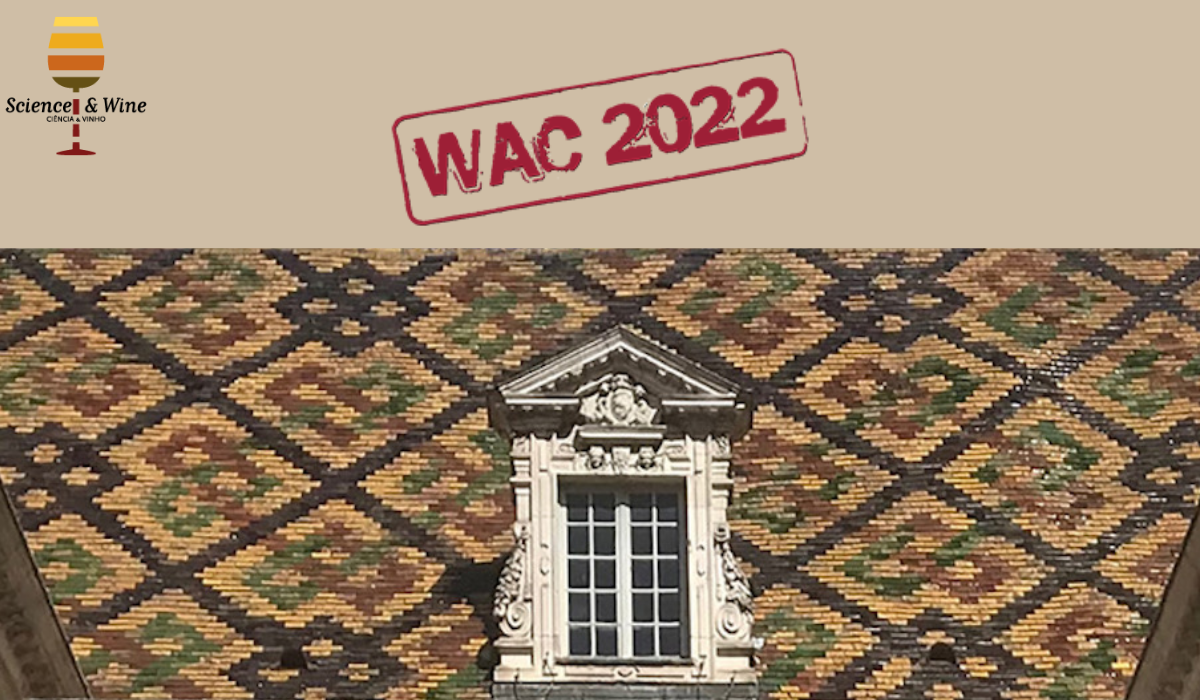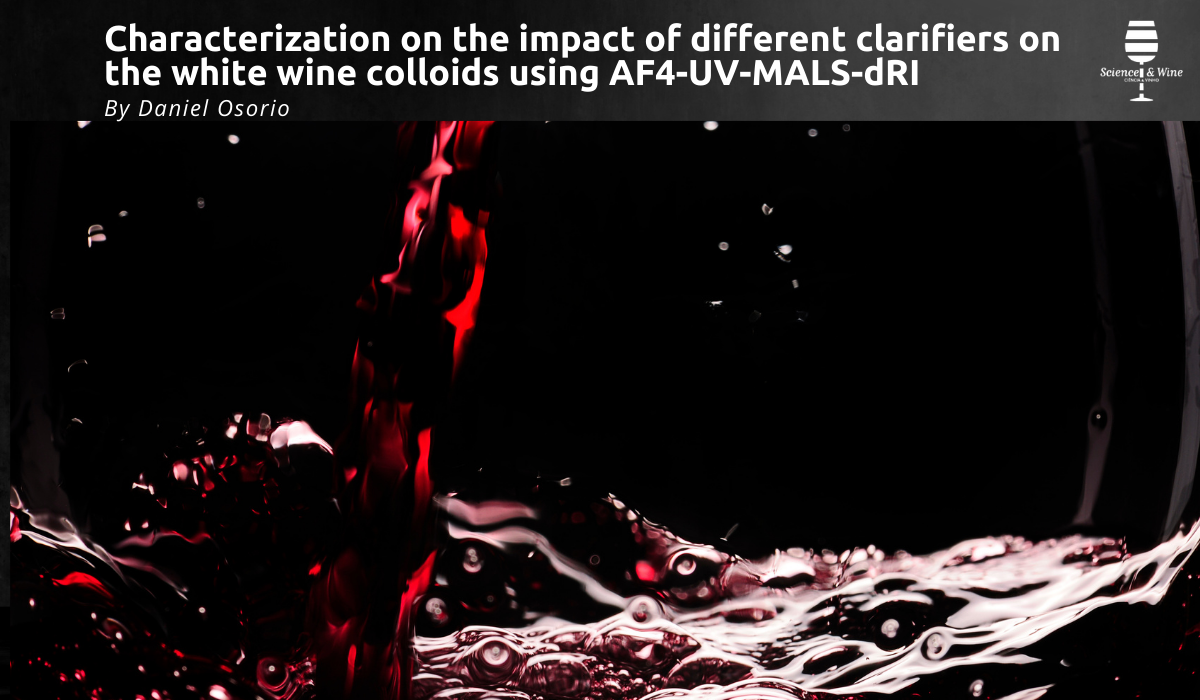The Wine Protected Designation of Origin (PDO) label is a European quality scheme that protects high quality wines by linking them to legally defined geographic areas and a set of specific production practices. Because of the tight relation between PDO wines and the specifications defined in the official regulatory documents, these products are highly susceptible to changes in climatic, environmental, or socioeconomic conditions. However, the content of these regulatory documents has never been systematically analysed and summarized in a single dataset. Here, we present the first geospatial inventory that organizes regulatory information about the 1177 wine PDO in Europe based on the documents from the official EU geographical indication register.

Suitability of Vitis vinifera cv. Carignan versus cv. Tempranillo, in Rioja DOC (Spain), under different weather conditions and projected climate change scenarios
There is growing concern about the effects that a climate change may have on grape production and quality. This has led to studies carried out in different wine-growing areas of the world in which a trend of advance of phenology and harvest has been seen. However, the degree of change may not be the same in all areas and for all varieties. Given the projected climate change scenarios that involve changes in temperatures and in precipitation, it is necessary to deepen the knowledge of the response of different varieties to these changes and identify those varieties that may be more resilient, in addition to adopting other measures that can help mitigate the effects of warming.

3rd World Science & Wine: Sustainability of wine production and food systems in the Mediterranean region
As promised, we will maintain the organization of the World Congress every two years. The 3rd World Science & Wine Congress will be from 14 to 16 June 2023 in Vila Nova De Gaia and the Douro region. The topic for this scientific meeting here will be “Sustainability of wine production and food systems in the Mediterranean region”.

Cold plasma – a promising method of wine preservation
This study summarizes the results of a study that may promote interest in cold plasma as a potential alternative method for the preservation of wine and other alcoholic beverages.

Heating effect on leaf functioning, water use efficiency and berry composition in two contrasting Vitis vinifera varieties.
Global warming will threaten vineyard sustainability in warm and arid regions. Therefore, increasing water use efficiency (WUE) is essential for long-term viticulture sustainability. Nevertheless, studies concerning the response of stomata and WUE to temperature are scarce. We evaluated the effect of sustained warming on WUE and its components in cultivars with contrasting stomatal behaviour.

5th Edition of the Wine Active Compounds (WAC) Congress, Dijon 2022
After two successive postponements, the fifth edition of Wine Active Compounds (WAC) 2021 happened in the Palace of the Dukes of Burgundy in Dijon, France, from Wednesday June 29 to Friday July 1, 2022, under the auspices of the UNESCO Chair “Culture & Traditions of Wines” and the Institut Jules Guyot at University of Burgund.

Explaining the influence of the ecosystem/viticulture in the Chilean Cabernet Sauvignon quality
Cabernet Sauvignon grapes in Chile, mainly grown between the 30° S and 36° S, account for more than 30% of Chilean wine production, and yield wines with different characteristics which influence their quality. The aim of this study was to apply a liquid chromatography—mass spectrometry (LC–MS)-based metabolomic protocol to investigate the quality differentiation in a sample set of monovarietal wines from eight valleys covering 679 km of the north-south extension. The results pointed out that N-containing metabolites (mainly small peptides) are promising biomarkers for quality differentiation. Moreover, the premium wines were characterized by higher amounts of anthocyanins and other glycosylated and acetylated flavonoids, as well as phenolic acids; standard quality wines, on the other hand, presented stilbenoids and sulfonated catabolites of tryptophan and flavanols.

Characterization on the impact of different clarifiers on the white wine colloids using AF4-UV-MALS-dRI
Clarifiers are substances used during the winemaking process to enhance clarity and stability in the wines. The different clarifiers may alter removal capacities differently. In this study, the removal efficiency of seven common fining agents, divided into three groups (mineral clarifiers, synthetic polymeric clarifiers, and vegetable protein clarifiers), was analyzed with Asymmetrical Flow Field-Flow fractionation

Characterization and production of agglomerated cork stoppers for spirits based on a factor analysis method
The decision-making in the investment of a new line of stoppers based on agglomerated cork requires knowledge of the composition and its contribution to its performance. For this, it is necessary to observe the leading products on the market and to test a series of prototypes with different formulations. The development of manufacturing products made by cork, such as bottle stoppers, benefits strongly from accurate chemical and structural characterizations, correlated to the final material performance. A wise starting point to fulfill such requirement consist of comparing available products in the market to be compared with different prototypes with varying composition. This work presents a blind characterization of a series of cork samples through a non-supervised exploratory analysis designed to select agglomerated corks for spirits and still wines in the packaging industry.

Riesling or Spätburgunder wine – which one is more sustainable ?
The objective of the present study was to identify management strategies and carbon reduction potentials for a sustainable wine production based on the carbon footprint and the water footprint of locally grown grapes and wine locally produced and consumed.

